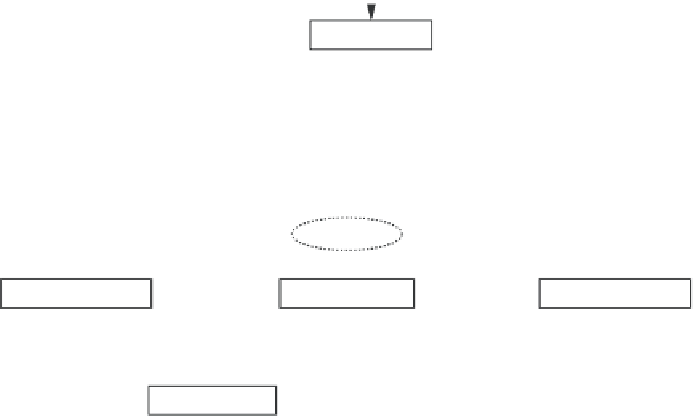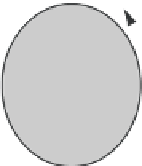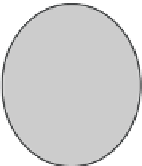Image Processing Reference
In-Depth Information
- the second phase relies on the samples to extract the supports of the concepts by
using techniques based on the growth of areas. This is the detection phase;
- finally, the last phase uses available information to determine new areas of inter-
est in the image and to progress in the concept space. This is the focusing step.
These three phases are repeated until all of the focusing rules specified in the
knowledge base have been explored.
We have made the choice of distinguishing the localization and detection phases
for two major reasons. On the one hand, it is often easier to find in the image an
element that is characteristic of an object rather than that object's entire support. On
the other hand, when the objects in the image have been localized, it becomes possible
to locally adapt the operators and parameters in order to improve the performances of
the segmentation.
Each phase of the process is conducted locally by an agent. The intra-image control
cycle is presented in Figure 10.4.
image
concept agent
area
localization agent
spatial
exploration
temporal
exploration
sample
area
focusing agent
detection agent
movement agent
support
support
area
decision agent
target
Figure 10.4.
The intra-image control diagram is comprised of two analysis cycles: a spatial
exploration cycle and a temporal exploration cycle in order to associate additional
information in the context of information fusion

















































Search WWH ::

Custom Search